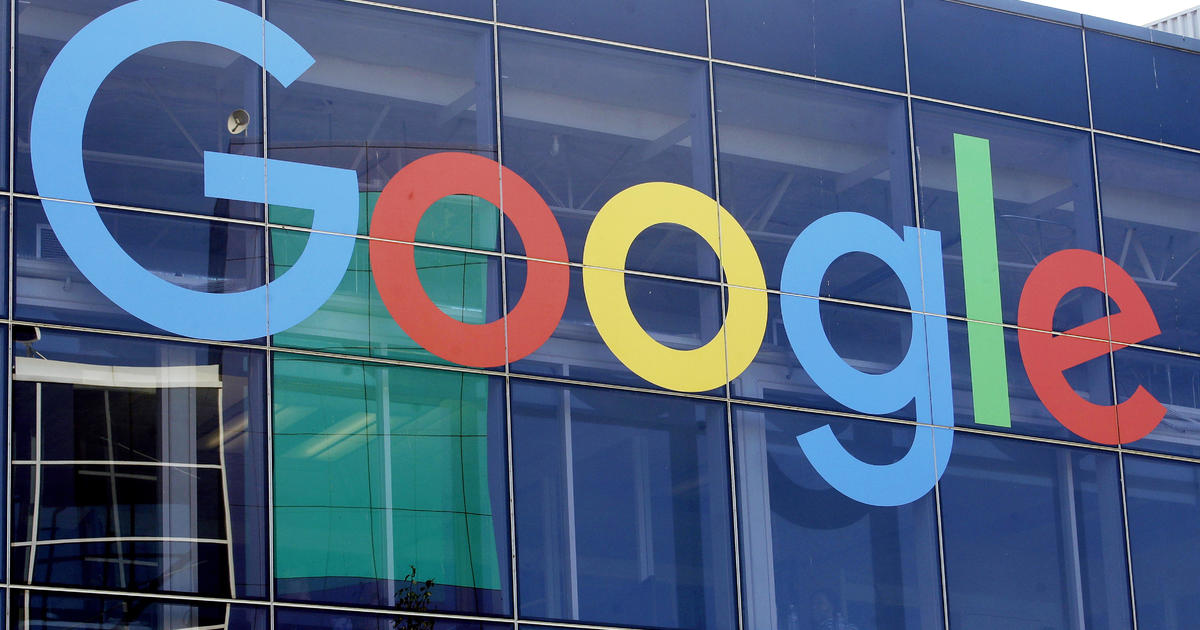Don't forget to leave a tip -- for the cook
Patrons can now give more than just compliments to the chef at a spattering of restaurants on the West Coast.
More than a year after New York restaurateur Danny Meyer opted to dispense with tipping, eateries on the other side of the country are trying a different tack: Some restaraunts in Washington and California now hand out tabs with two gratuity lines: one for the server and one for the chef.
In both states, the move comes in response to regulatory changes and increased labor costs that have furthered an already heated debate over tipping, service charges and the earnings gap between cooks and servers.
Legislation has California’s minimum wage on an incremental track to hit $15 an hour by 2022. Restaurants in the state aren’t allowed to include employees’ tips toward overall wages, so a hike in the minimum wage boosts the hourly pay of servers on top of gratuities, furthering the earnings gap with untipped kitchen workers. In Seattle, minimum hourly pay rose to $11 in 2015, the first step in a process of reaching $15 an hour by 2021.
Also affecting nine Western states, including California and Washington, is a Ninth Circuit Court of Appeals decision that upheld a ban on making servers and bartenders share their tips with cooks and dishwashers. The National Restaurant Association is among the industry groups asking the U.S. Supreme Court to overturn the ruling,
Jim Sterling, the owner of the three-location Sterling’s Restaurant opted to add another tip line at one of his restaurant’s in Richland, Washington, in December, a policy he now wishes he had adopted earlier. “Eighty percent of customers really want to give money to the cook -- they appreciate a good meal,” said Sterling, who added that some customers give more to the cook than their server.
Most people double the tax when figuring what to leave as a tip, said Sterling. “We explained, come up with your tip, and take a dollar or two out for the cook, so the math stays simple.”
Even so, “we’re still catching a snarky customer every once in while -- we’ve walked customers out to their car,” to outline the reasons underlying the two-tiered tipping, said Sterling, who now takes calls from other restaurants interested in the approach. “We will continue to do it even if the masses don’t,” he said. “I don’t know why I didn’t think of it before.”
Sterling’s satisfaction with the new policy derives from the fact that cooks that used to average between $14 and $16 an hour now are taking in between $18 and $20, an increase that has led to an upgrade in the vehicles some of his kitchen employees drive to work. “It’s usually old beatup cars, and now two guys have brand news cars.”
Two-tier tipping bucks a more widespread trend, according to the Washington Hospitality Association. It cites a University of Washington study commissioned by Seattle that found 30 percent of the city’s restaurants added a service charge or fee in the year after the minimum hourly pay rose.
The extra fee, typically 20 percent, aimed to “tackle two problems -- labor costs increases and the tip-policy ruling,” said Stephanie McManus, a spokeswoman for the industry group.
Ed Roehr, co-owner of the Magpie Cafe in Sacramento, casts the decision to add another line for kitchen tips as a difficult one.
“Most of the time, math and politics isn’t where you want to go after a meal,” said Roehr, who added a kitchen tip line to checks when he moved Magpie to a new location two years ago. “We had some hardship. A lot of people had opinions about it.”
Still, a desire to treat cooks equitably and also not to lose them as employees fueled the action. “We saw things were changing and thought a better way to keep cooks would be to have a more equitable pay structure front and back,” said Roehr.
Diners at Magpie were also given guidelines suggesting a 2 percent to 3 percent tip for the kitchen. “It’s a small amount, but it adds up to a big difference for the cooks,” said Roehr. “It’s not mandatory, it’s just a conversation,” he added of the two-tiered tipping lines that he said sparked a mixed reaction from customers: Some loved the idea, and others didn’t understand it.
Los Angeles chef Zach Pollack is perhaps the highest-profile restaurant owner to add another tip line for the kitchen, reportedly acting in late 2014 after he lost two chefs in an eight-week period.



